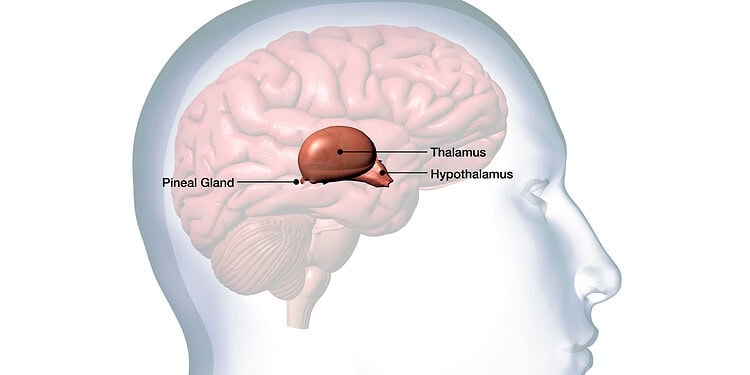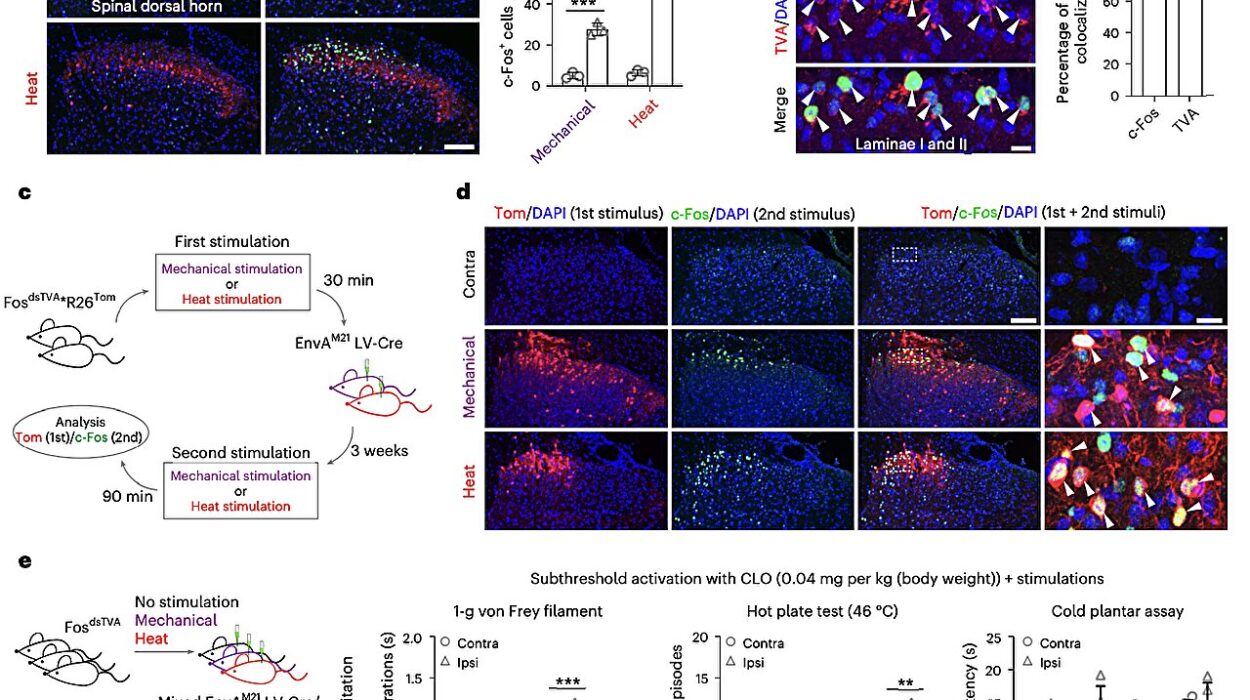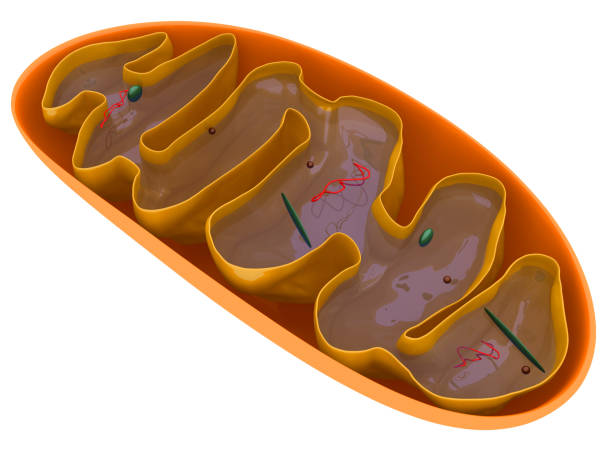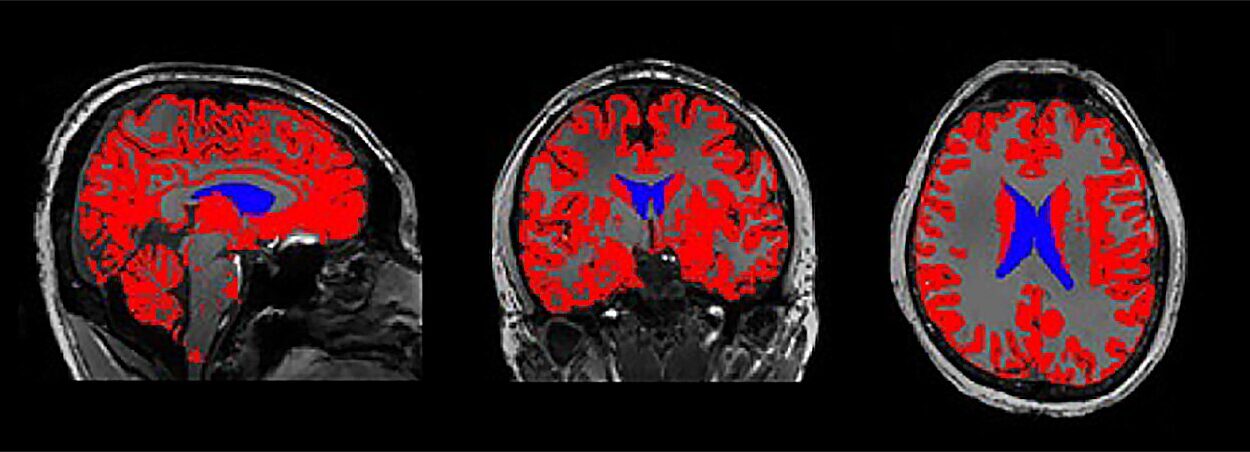Imagine you’re staring at a screen. A faint image flickers for a moment—was it there? Did you really see it? Or did your brain just fill in the blanks?
Now, imagine that deep inside your brain, a small cluster of neurons has already answered that question—long before you can say a word. A new study, published in the journal Science, suggests that a small but powerful structure at the brain’s center—the thalamus—may be the switch that flips the light of consciousness on.
For decades, scientists have searched for the roots of conscious awareness. What determines whether we see a thing versus merely sense it? Why do some signals break through into our experience, while others vanish like ghosts in the neural fog?
Now, by recording real-time brain activity from inside the human skull, researchers have uncovered a surprising player in this puzzle—not just the cortex, as long believed, but the thalamus: an ancient, egg-shaped relay center nestled deep in the brain.
Beyond the Relay: A New Role for the Thalamus
The thalamus has often been cast as the brain’s mailroom—routing sensory information like light, sound, and touch to higher-order areas in the cortex, where it can be interpreted and perceived. In this role, it has been seen as critical for attention and alertness, but never the “source” of conscious experience.
This new research challenges that narrative. The study reveals that certain high-order nuclei within the thalamus don’t just passively relay information—they appear to initiate the very process that makes us aware of what we see.
Led by neuroscientist Yousuke Kashiwagi and collaborators from across Japan and the United States, the team captured a moment that is almost impossible to observe: the instant a flicker of light becomes a conscious thought.
Peering Into the Living Human Brain
To catch the brain in the act of becoming aware, researchers used a rare and powerful tool: stereoelectroencephalography (sEEG). This method involves implanting ultra-thin electrodes directly into the human brain, recording electrical activity with millisecond precision.
Five adult male patients, all undergoing sEEG treatment for severe, drug-resistant headaches, agreed to participate. Their electrodes—already implanted for clinical reasons—gave scientists an unprecedented opportunity to monitor both the thalamus and the prefrontal cortex simultaneously during a visual awareness task.
The task was simple but profound. Participants were shown patterns of light on a screen—sometimes clear, sometimes so faint they hovered at the edge of perception, and occasionally not shown at all. After each brief flash, the participants moved their eyes to indicate whether they had seen the stimulus and where it had appeared.
What made this setup extraordinary was its ability to separate raw sensory input from conscious perception. The image might hit the retina—but would it reach awareness?
The Thalamic Awakening
When the data came in, the researchers saw something remarkable. In trials where participants consciously saw the image, specific regions deep within the thalamus lit up with electrical activity. These were not the usual suspects like the ventral sensory nuclei. Instead, the intralaminar and medial thalamic nuclei—particularly the central medial, mediodorsal medial, and parafascicular nuclei—were the stars of the show.
Not only did these regions activate more strongly in trials of conscious perception—they also activated earlier, even before the prefrontal cortex responded. In some cases, their electrical patterns became synchronized before the stimulus even appeared—suggesting they were preparing the brain to become aware.
It was as if these deep thalamic structures were opening a neural gate, priming the system, saying: “Get ready. Something’s coming.”
The Rhythm of Awareness
To understand how this thalamic activity shaped consciousness, the team analyzed brain rhythms—specifically low-frequency oscillations like theta waves (4–8 Hz), which are often tied to cognitive control and awareness.
During trials of visual awareness, the intralaminar and medial nuclei showed increased low-frequency power and tighter synchronization with the prefrontal cortex. These regions weren’t just reacting—they were orchestrating. Like conductors signaling the symphony to begin, they appeared to cue the cortex into action.
Researchers also examined cross-frequency coupling, a phenomenon where slow waves in one region coordinate fast waves in another—essentially aligning the timing of neural conversations. This analysis showed that the thalamus didn’t just send signals to the cortex—it helped organize the flow of information, making sure the system was ready to process, respond, and experience.
Consciousness Begins Before the Light
One of the study’s most stunning discoveries was that the thalamus appeared to predict conscious perception before the stimulus even occurred. When participants later reported seeing an image, their thalamic activity was already synchronized and heightened before the flash of light had been shown.
This pre-stimulus activity hints at something profound: consciousness may not begin with what we see, but with the brain’s preparation to see. The thalamus, then, could be the guardian at the gate—deciding what passes through into awareness and what remains hidden in the shadows.
Rethinking the Seat of Consciousness
For decades, theories of consciousness have centered on the cortex—especially the prefrontal areas responsible for decision-making, memory, and attention. These regions are still crucial, and the study confirms their role in the conscious experience. But this new research suggests that they may not be the first responders.
Instead, consciousness might begin in the deeper, older regions of the brain—ones we’ve long overlooked as mere relays or background players.
“This study shows that consciousness is not just a cortical phenomenon,” the authors write. “The thalamus, especially its high-order nuclei, plays an active and early role in making sensory information available to awareness.”
A First-of-Its-Kind Human Insight
Previous studies using fMRI or MEG had hinted at the thalamus’s involvement in awareness, but their methods lacked the resolution to capture these lightning-fast interactions. By using sEEG, the researchers could measure brain activity with both high temporal and spatial precision—something few human studies have achieved, especially in deep brain structures.
This makes the current findings not just compelling, but historically significant. They offer the most direct evidence yet that the thalamus is a key player in shaping what we perceive—and perhaps even in defining what it means to be conscious.
What Comes Next?
While the study marks a major leap in our understanding, it comes with limitations. The sample size—five male patients—was small, and all participants had neurological conditions requiring brain implants. Electrode placement was determined by clinical need, which means not all brain regions could be equally explored.
Still, the precision and clarity of the findings make them difficult to ignore. The thalamus, long considered a passive relay, is beginning to emerge as a dynamic initiator of conscious thought.
Future research may explore how these findings apply across senses, tasks, and populations. Could similar mechanisms underlie auditory or tactile awareness? How do these thalamic pathways develop—and could they be altered in disorders of consciousness?
The Brain’s Hidden Gateway
In the end, this study peels back another layer of the great mystery of consciousness. It reminds us that awareness is not a flick of a switch in one brain region, but a delicate dance—choreographed deep in the brain, in rhythms older than memory.
The thalamus, once thought to merely deliver the message, may in fact write the first line of every moment we consciously experience. It is not just the brain’s postal service—it may be the keeper of the light that turns experience into awareness.
And with every new discovery, we move one step closer to answering the most human question of all: What does it mean to be aware?






